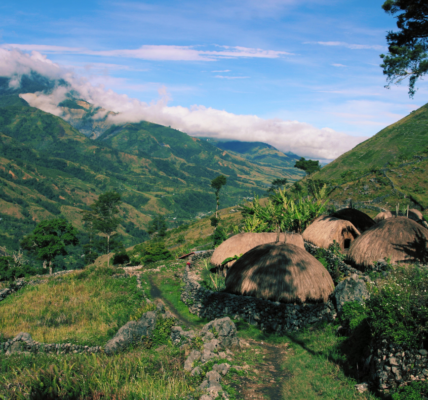By: Alexis L. Leroy
Since the Industrial Revolution, we have built our economies on a mistaken assumption: that nature is free. That forests, oceans and ecosystems as a whole can continue to provide us with clean air, clean water, fertile soils and climate stability without anyone paying for it. In the financial world, this mentality remains one of the biggest obstacles to mobilizing large-scale capital for nature restoration and conservation.
When we talk about carbon markets, financing for nature-based solutions or conservation investments, the key question is not why it is so difficult to finance these projects, but rather who benefits from our continued failure to do so.
The “free” business
Industrialized economies have built their wealth under a model of extraction without payment. Countries that deforested their forests centuries ago, drained their wetlands, and overexploited their agricultural lands never internalized these costs in their economies. Now, when financial mechanisms for valuing ecosystem services are proposed, the debate is not about science or market viability, but about the control of capital.
The traditional climate finance system is still dominated by large donors, multilateral institutions, and certain governments that have turned international aid into a tool of power. It is these same entities that, while preaching the need for more investment in conservation, actively oppose market-based solutions that could unlock actual, decentralized finance. Not because markets don’t work, but because ceding control to a system based on demand and supply means losing influence over who gets the money, how it is used, and who defines the game’s rules.
The cost of inaction
Meanwhile, the communities that protect ecosystems – the indigenous peoples, the sustainable farmers, the restoration project managers – continue to wait for the system to recognize and remunerate their work. Instead of incentivizing their work, they are increasingly required to provide proof of “additionality,” complex methodologies, and bureaucratic processes designed at faraway desks by people who have never set foot in a conservation project.
On the other hand, companies that want to invest in climate solutions face a hostile environment. Not only must they contend with ever-changing rules and increasingly costly certification processes, but also with a public narrative that criminalizes any attempt to use market mechanisms to finance climate action. In many cases, media pressure and fear of reputational reprisals have meant that the private sector prefers not to get involved in buying carbon credits or investing in conservation, leaving the problem unresolved.
From free to priceless
If we want to mobilize finance on the scale required by the climate crisis, we need a profound cultural transformation: to accept that nature is not and never has been free.
Nature-based solutions are not a luxury or a public relations strategy, but a key part of the stability of the planet and our economies. Without healthy forests, there is no water. Without mangroves, there is no coastal protection. Without fertile soils, there is no food security. If we do not start paying for these services, we will continue to suffer the economic consequences of their degradation exponentially.
Carbon markets and other forms of environmental finance are not perfect, but they are among the few tools that are putting money into the hands of those who are working for conservation. As long as we continue to debate whether paying for nature is fair, the hidden costs of environmental degradation will continue to accumulate until they are no longer manageable.
It is time to stop treating ecosystem services as a free externality and start paying for them for what they are: the very basis of our survival.






